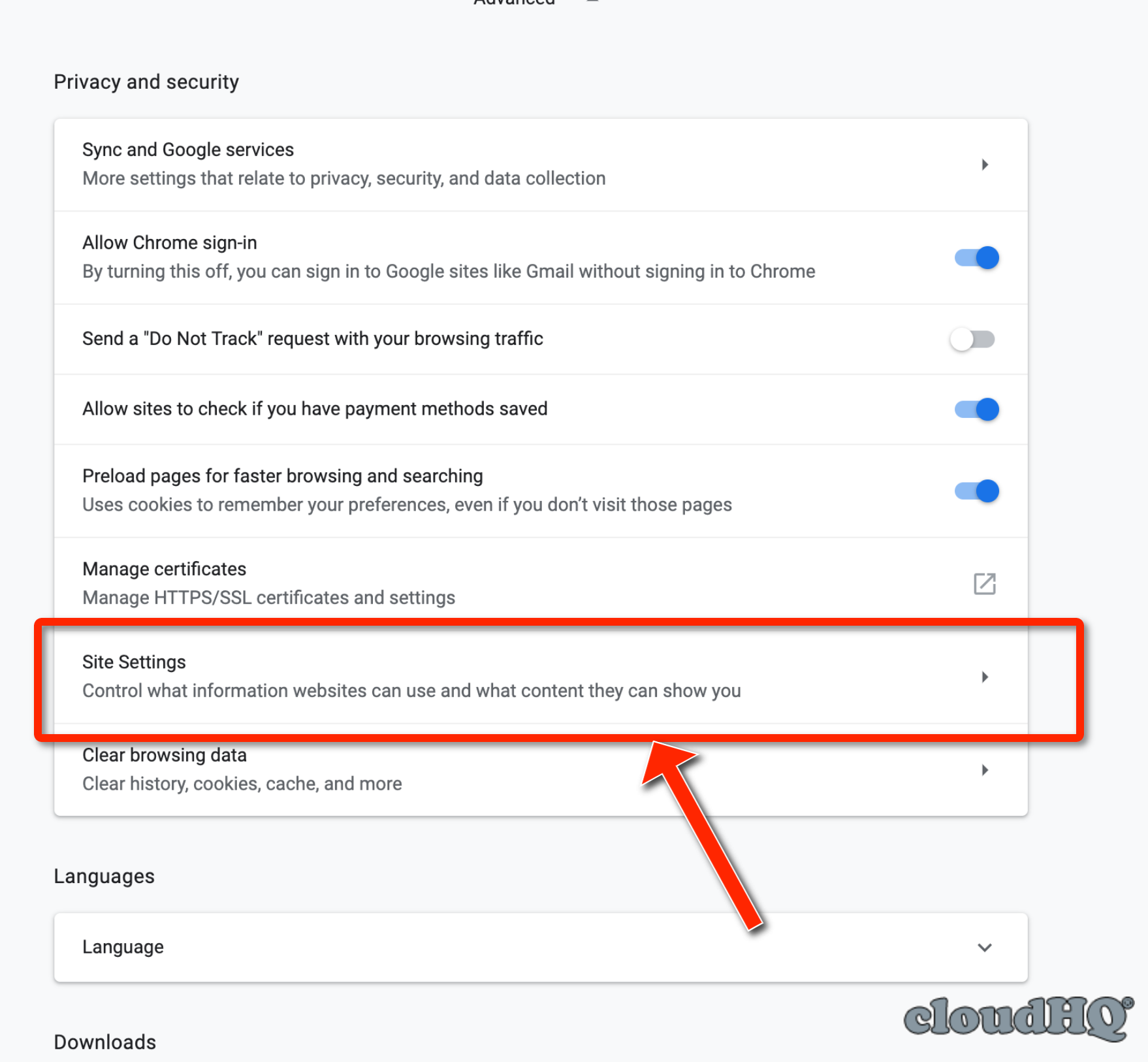Hook Google Apps Up To 3rd Party Email
6/8/2022

- Google 3rd Party App Access
- Hook Google Apps Up To 3rd Party Email Access
- Hook Google Apps Up To 3rd Party Email Login
Your message has been sent. Unable to send your message. Please fix errors then try again.
Google 3rd Party App Access
This document describes the options for sending mail from a virtualmachine (VM) instance and provides general recommendations on how to set up yourinstances to send email.
- If you clicked on a phishing scam, you may have accidentally given a malicious third-party app access to your Google account. This malicious app might, for example, send more scam email to all of your contacts. To check which apps have access to your Google account: In Gmail, click your user icon on the top right; Click the My Account button.
- Freecycle Network email: info@freecycle.org- The network of people who are teaming up to give. Mailstrom works with Gmail, Google Apps Email, Outlook.
- Turn your smartphone into a virtual reality viewer that’s simple, fun and affordable.
Using standard email ports
Due to the risk of abuse, connections to destination TCPPort 25 are always blockedwhen the destination is external to yourVPC network. This includes using SMTP relay withGoogle Workspace.
Google Cloud does not place any restrictions on traffic sent to externaldestination IP addresses using destination TCP ports 587 or 465. Theimplied allow egress firewall ruleallows this traffic unless you've created egress deny firewall rules that blockit.
Note: Subject to Google Cloud firewall rules, connections to destinationTCP Port 25 are allowed within your VPC network, aVPC connected using VPC Network Peering, or an on-premisesnetwork connected to your VPC network using Cloud VPNtunnels or Cloud Interconnect attachments (VLANs).Choosing an email service to use
In addition to using standard email ports, having a trusted third-party providersuch as SendGrid, Mailgun, or Mailjet relieves Compute Engine and youfrom maintainingIP reputation with your receivers.
SendGrid, Mailgun, and Mailjet offer a free tier for Compute Enginecustomers to set up and send email through their servers. If you don't have aGoogle Workspace account, use these third-party partners to take advantage offeatures like click tracking, analytics, APIs, and other features to meet youremail needs.
Alternatively, if you are familiar withGoogle Workspace and are already paying for aGoogle Workspace account that supports email, you can set up a relay serviceto send email throughGoogle Workspace. Note thatGmail and Google Workspace enforcelimits for email activity.
If you don't have a Google Workspace account or don't want to useGoogle Workspace or a third-party mail provider, you can set up your ownemail server on an instance by using a non-standard port. You can choose anyephemeral port that isn't blocked by Compute Engine.
- To use SendGrid, Mailgun, or Mailjet: Follow the instructions forSending Email using SendGrid,Sending Email using Mailgun,or Sending Email using Mailjet.
- To use a Google Workspace domain: Follow the instructions forSMTP relay service settingsin the Google Workspace documentation. SMTP relaying through Google Workspace isonly allowed through ports 465 or 587. Port 25 is not supported throughGoogle Workspace.
If you want to use your own email server on a custom port, use thedocumentation specific to your email service to configure a customemail port.
Setting up a firewall rule to allow outbound traffic on a custom port
To allow outbound traffic through a custom port, you need to set up a firewallrule. For example, the following steps set up a rule that allows outboundtraffic on port 2525. Replace port 2525 with the custom port of your choice.

In the Google Cloud Console, go to the Create a firewall rule page.
Choose a name for the firewall rule.
Under Network, select the network that is hosting the VM instance thatyou intend to send email messages from.
Under Direction of traffic, select Egress.
Under Targets, choose the appropriate target for this rule. For example,you might choose Specified target tags if you want the rule to applyto instances that have a specific tag.
Under Destination filter, set
0.0.0.0/0if you want to allow egresstraffic from the VM instance to any destination. If you want to limit thedestination, enter another IP range here.Under Protocols and ports, select Specified protocols and ports,select tcp, and enter
2525.Click Create to save your changes.
Sending mail through corporate mail servers
In some cases, you might have a corporate mail server that is already runningan email service for you. If you need to send mail through a corporate mailserver but are blocked by the port restrictions described at the top ofthis page, you can use a VPN to bypass these restrictions. This method requiresrunning a VPN client on your Compute Engine cluster, and a VPN serveron your corporate network router. This setup lets your instance appear'inside' your corporate firewall, and allows unrestricted access to yourcorporate mail server.
There are security implications for this configuration, and you should ensurethat your Compute Engine instance has access to only the servicesit requires, and nothing more.
Hook Google Apps Up To 3rd Party Email Access
What's next
Hook Google Apps Up To 3rd Party Email Login
- Send emails from your instance using Sendgrid.
- Send emails from your instance using Mailgun.
- Send emails from your instance using Mailjet.
- Read the Google Workspace domain documentation to learn how to use theSMTP relay service.